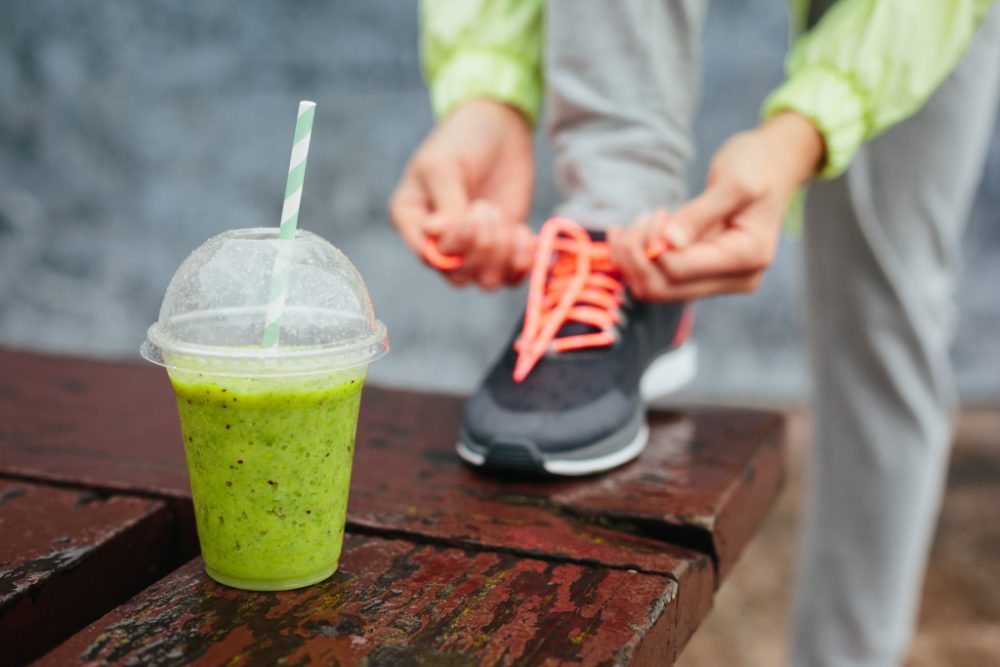By Samantha Clayton, OLY, M.S., ISSA-CPT, Vice President, Sports Performance and Fitness Education and Vice Chair of the Fitness Advisory Board at Herbalife
As the weather gets cooler, it’s essential to consider your workout routines with injury prevention in mind, especially if you plan to engage in outdoor activities like trail running, snowboarding, and skiing. Exercising on uneven terrain can place significant stress on your joints, tendons, and core muscles. To Improve your performance and reduce the risk of injury during winter months, it’s important to be well prepared, adapt your routine, and wear suitable clothing. But perhaps the most important aspect is to focus on your warm-up routine.

Warm-ups are often neglected, with many people citing lack of time as a common excuse for either cutting them short or skipping them altogether. Yet, studies have shown that warm-up routines are essential for enhancing your performance, particularly as the temperature drops. In colder weather, the body’s muscles make them more susceptible to injury.
Here are a few ways to maintain your healthy active lifestyle by incorporating warmups during the winter months.
Train like a Pro
Professional athletes have long recognized the value of a comprehensive warmup. Scientifically substantiated, pre-workout routines instill confidence in your body’s ability to perform, allowing you to push your muscles and joints to the limit during exercise. Engaging in dynamic pre-workout movements can improve body confidence, coordination, and flexibility, and prepare your body to handle the stress of exercise.
Warm it up
A warmup is a great strategy for injury reduction and to improve performance. It enhances joint lubrication, allowing you to move more freely. When the weather is cold, many people often experience stiff joints. Performing gentle, progressive movements before your workout helps prepare your joints and tendons for increased stress by improving blood flow.
Incorporate balance and strengthening exercises
Another study has shown that cold weather can impact muscle performance, particularly in the legs, increasing the risk of ACL injuries.
Engage in exercises that strengthen muscle groups and enhance joint stability. Squats, for example, work your thigh muscles and help maintain strong and steady knees. Additionally, leg swings can help balance the muscles in the front and back of your legs.
Improve muscle function to protect tendons
When it’s cold outside your circulation can be impaired. Dynamic movements ensure that oxygen-rich blood is supplied to the muscles, preparing them for more rigorous exercise. Focus on exercises that maintain balance between your knee extensor and flexor muscles and enhance proprioception, which is your body’s sense of movement and position. These exercises are particularly beneficial in cold or wet conditions.
Be aware of your environment
Keeping an eye on environmental factors like wind, rain or a drop in temperature will help you stay prepared. Wearing appropriate warm clothing and increasing blood flow through your warm-up routine is a great injury-reduction strategy.
Make your nutrition your secret weapon

Optimal exercise and recovery depend on good nutrition. You may benefit from giving your body a pre-workout boost. A product that delivers caffeine for a feeling of energy and l-arginine to support blood flow may be useful.
Post-workout I always recommend consuming protein to help rebuild, repair, and regenerate muscle tissue. On a cold day, making it with warm milk or water is a great option to help warm you up.
As you adapt your fitness routine to the changing seasons, remember that your health and safety should always come first. Incorporating warm-up exercises into your winter workouts is a simple yet powerful way to enhance your performance and reduce the risk of injury. By following these steps and paying attention to your body’s surroundings, you can maintain your healthy active lifestyle through the winter months.
Disclaimer
The Content is not intended to be a substitute for professional medical advice, diagnosis, or treatment. Always seek the advice of your physician or other qualified health provider with any questions you may have regarding a medical condition.










